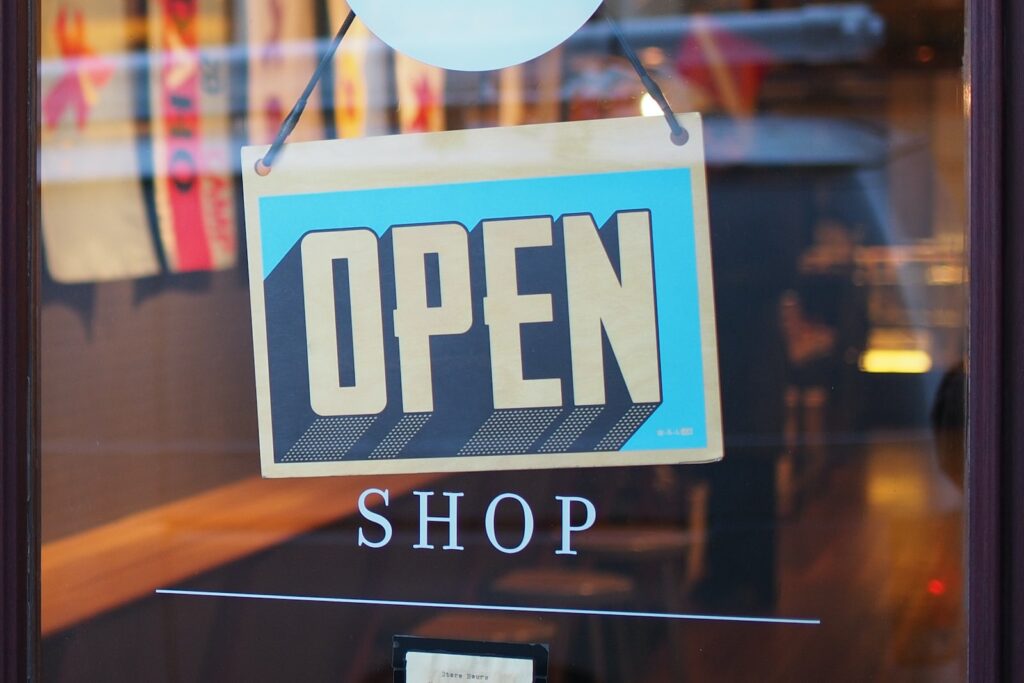The COVID-19 pandemic brought major upheaval to practically every industry. However, despite the negative impact on retail as a whole, the e-commerce sector experienced record growth. The positive trend has continued into 2021 and sees no sign of stopping. If you want to learn more, read on as we breakdown and simplify the most important e-commerce related developments. Oh, and remember to stay till the end for our insight into the future of retail.
Global Phenomenon
According to a UNCTAD report, e-commerce’s share of global retail trade rose from 14% in 2019 to about 17% in 2020. Is this boost in e-commerce sales just a North America or Asia Pacific phenomenon? Surprisingly no. Retail e-commerce sales grew just as exponentially in regions like Latin America and the Middle East.

Not just the usual E-commerce suspects
While the bigwigs like Amazon, Target and Walmart continue to reap the benefits of the e-commerce boom, online retail sales are up across the board. In fact, small, new online brands are actually doing really well with a steady momentum and increase in orders carried over from 2020.
Another surprising development is the growth of e-commerce sales in niche areas like alcohol and furniture. In the past, e-commerce businesses focused primarily on core products like clothes, electronics, and household goods. However, 2021 has leveled the field and opened the door to one time bit players. In Canada, retail trade sub-sectors such as furniture, home furnishings stores and music stores experienced a striking increase in e-commerce sales.

Social Media to lead the way
It goes without saying, the future of e-commerce will be determined by the way businesses use social media platforms like Instagram, Facebook, and Twitter. There is precedent for that with many e-commerce stores prioritizing their advertising and marketing budget on social media. Social media, if used well, has the potential to drive both traffic and sales.
Speaking of which, there are certain trends that businesses must strongly consider including in their marketing campaign in 2021. These trends are influencer marketing on social media and improved customer service. Multiple leading industry reports and statistics show that businesses are betting big on influencer marketing to drive e-commerce. According to one such report by the Influencer Marketing Hub, influencer marketing is expected to grow to 13.8 billion this year.
The increasing use of e-commerce has also brought into focus the importance of customer service. Customers are buying online more than ever. Providing quality and competitive customer service can be the difference in earning customer loyalty over other market players.
What does the future of retail look like?
E-commerce sellers and businesses should be happy to learn that the forecast remains strong for the year ahead. Despite the steady reopening of brick and mortar stores, e-commerce will only experience a small loss in 2021. According to eMarketer, e-commerce will, in fact, experience a steady 1 percentage point growth through 2024.
Direct-to-consumer brands are on the rise and partnerships are the way of the future. We have seen this multichannel sales outlook in Everlane’s partnership with Nordstrom, and Headspace partnering with Spotify. This is in direct response to consumers’ presence on multiple marketplaces. Retailer’s do well to maximize their reach to consumers by spreading out over multiple channels online.
What are the predictions for the future? Here we go:

Eco-friendly and enhanced content
Consumers are increasingly tweaking their buying behaviours to switch over to brands that are more sustainable and eco-friendly. E-commerce sellers and retailers should use this knowledge to incorporate environment friendly practices in their business plan, and emphasize eco-friendly messaging through their marketing efforts.
Retailers will have to focus on building more sustainable supply chains and streamlining logistics for a competitive edge. Customers want quicker delivery as well as better, cheaper returns. Retailers will have to follow suit.
Retailers need to rethink and revamp content currently available on their platforms. For example, older clientele are likely to research more before purchasing. This means that FAQs and products information on the platforms will need to be enhanced. This also needs to show up in more detailed online user guides/ manuals. This will increase in use of user generated content for marketing and conversions.

Payment options and hyper personalization
Shoppers are going to increasingly expect options for payments. As a result, retailers and e-commerce platforms will need to look into subscription and pay-over-time models to attract buyers.
Hhyper personalization will be the main focus of online shopping. What this means is that retailers need to work personalized offerings into their online storefronts. When customers visit a website, they should be able to see personalized recommendations based on their previous search and purchases.
In short customers, have more options than ever. With buying requiring just the click of a button, retailers need to try every tool in their arsenal to hold customer loyalty and ensure sales.








An outstanding share! I have just forwarded this onto a coworker who has been doing a little homework on this.
And he actually bought me breakfast due to the fact that I found it for him…
lol. So allow me to reword this…. Thanks for the meal!! But yeah,
thanx for spending the time to discuss this issue here on your
site.